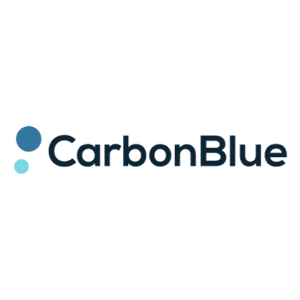Launchpad
Providing tailored expert support to innovators developing ocean-based carbon dioxide removal strategies
Developed in 2021, the first cohort of the Ocean Visions Launchpad program supports selected companies competing for the $100M XPRIZE that are using ocean-based carbon dioxide removal approaches. For the second cohort, we are pleased to expand our search profile beyond XPRIZE participants to include all innovators working on ocean-based carbon dioxide removal pathways, as well as those who are enabling or improving our understanding of these pathways.
The goal of the one-year-long Launchpad program is to provide scientific and engineering advice and review to help innovators optimize their technologies and to fully measure, understand, and minimize negative environmental effects. We help by connecting innovators with expert advisors drawn from the Ocean Visions Network who have deep experience in areas ranging from oceanography and engineering to environmental evaluation.
Launchpad is free to the companies that are selected, thanks to support from our donors.
















